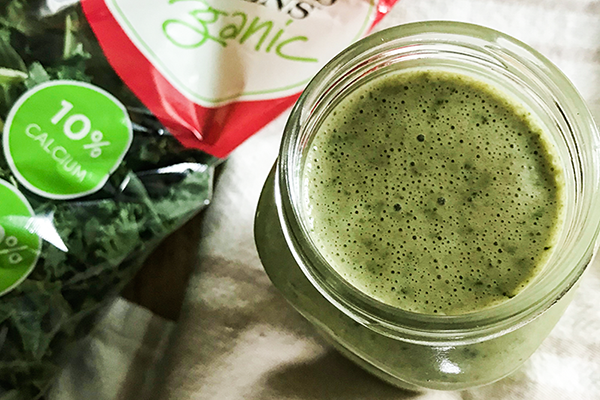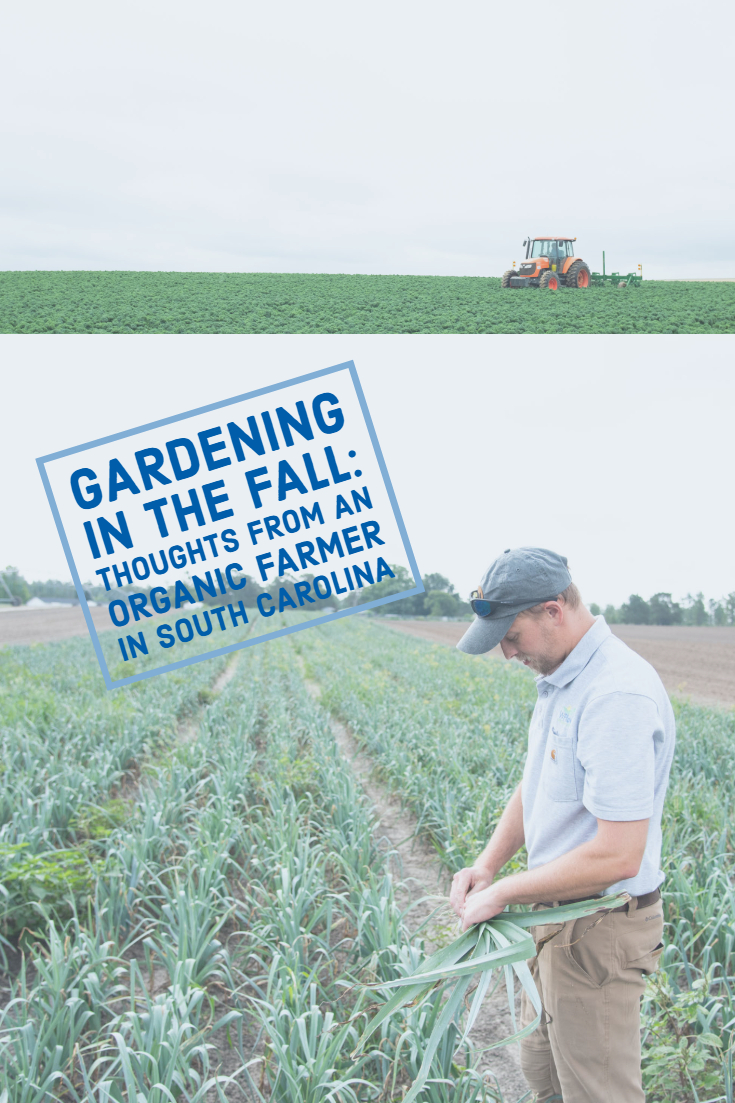For many of us, back-to-school month also means back to some serious meal prepping to feed the brains and nourish the bodies of kids of all ages in our families! Make no mistake — nutrition and academic achievement go hand in hand: In fact, the CDC indicates that skipping meals or the lack of adequate, nutrient-rich food consumption is associated with decreased cognitive performance, lower student participation rates, and (you guessed!) lower grades.
Whether you need the inspiration to spice up the contents of a lunch box, a few practical recipe ideas to get your on-the-go meals in order, or even an incentive to go Meatless Monday, this collection of bowls, noodles, salads, and wraps is sure to help both you and the littles thrive in the classroom and beyond.
Make-Ahead Beans and Greens Quesadillas
We've bean thinking about this plant-based quesadilla made with corn, red bell pepper, and other seasonal veggies all summer! By incorporating other good-for-you ingredients like kale and black beans that you can also make ahead and even freeze (gasp!), we're positive you'll be wrapped with the result.
Korean Chicken and Kale Rice Bowl
Oils, seasonings, and garnishes aside — which you can always modify to your liking — all you need to bring this recipe to life are kale, onions, chicken, cooked rice, and eggs. We know, it's hard to get easier than that! Read on to see if we can beat this quick combo with an even simpler recipe.
Collard Greens Baked Ziti
If you love baked ziti as much as we do, try this version with collard greens and lentil pasta for extra nutrition. Complete with tomato sauce and three-cheese types, this one is as mouth-watering as it is mind-blowing.
Super Green Pesto Wraps
If you're looking for meals on the go, wraps are your best friends! Make these super green wraps even fresher by preparing the Kale-based pesto ahead of time and keeping the other ingredients, including collard greens leaves and hummus, in separate containers for easy assembly when you're ready to eat.
Fettuccini with Collard Greens Pesto and Grilled Shrimp
Can't get enough of pesto or pasta? Neither can we! If you haven't yet taken your plain fettuccini to Rawl status with collard greens, shrimp, and tomatoes on the vine, head right to this recipe page, spend 30 minutes max of prep and cook time combined, and thank us later for the explosion of flavors!
Easy School Lunch
With a series of super fruits and greens like avocado and kale, the finale can only be a delectable, yet E-A-S-Y meal. Be sure to mix in some lime juice to your guacamole and add a thin layer of water on top of it before refrigerating in a container to lock in the green and keeping your guac looking and tasting its best.
Crunchy Chickpea & Sweet Potato Kale Salad
What if we told you that you can make your own salad dressing with ingredients you likely already have in your fridge and pantry? Then bake some chickpeas and sweet potatoes and combine them with some sautéed kale when you're ready to dig in, and enJOY!
Warm Quinoa Salad with Crispy Kale
Quinoa, zucchini, and kale are the stars of this serious salad show, with open acts by avocado oil, sun-dried tomatoes, black olives, and cilantro. If this ingredient combination doesn't rock your world, we don't know what will.









































